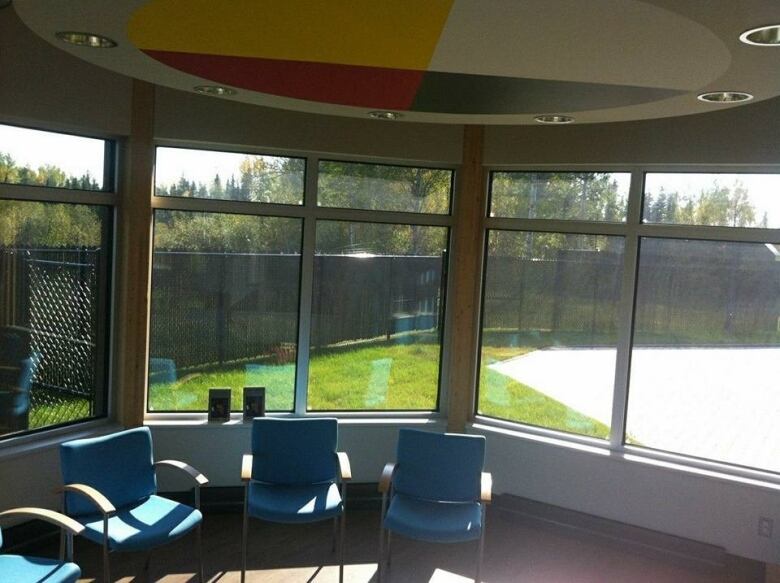'A big step forward': Cree women's shelter opens in Waswanipi
18-bed shelter will provide counselling, healing and support services, including 24-hour crisis management

A ceremony opening the first regional Cree women's shelter was heldMondayin the James Bay community of Waswanipi. The sheltergives Quebec Cree women and children a culturally safe place to go if they are experiencing abuse.
''I'm going to call it a temporary resource right now,'' said Linda L. Shecapio, the president of the Cree Women of Eeyou Istchee Association, who spoke at the ceremony.
''We know it isn't our value in disrespecting and dishonouring our women. I believe we are in the right direction for healing.''

The 18-bed Pipiichaau Uchishtuun (Robin's Nest) Women's Shelter in Waswanipi will serve the inland Cree communities of Waswanipi, Ouj-Bougoumou, Mistissini and Nemaska with counselling, healing and support services, including 24-hour emergency and crisis management services.
A second shelter in the community of Waskaganish is expected open in early 2018 to serve the coastal Cree communities of Whapmagoostui, Chisasibi, Wemindji, Waskaganish, and Eastmain.
The shelters have been several years in the making and are a collaboration between the Department of Justice and Correctional Services of the Cree Nation Government, the Cree Board of Health and Social Services of Eeyou Istchee the Cree Women of Eeyou Istchee Association, as well as the government of Quebec.
'Coming together for our people'
That collaboration was highlighted on Mondaywith a "lacing ceremony,"where the logos of the three Cree organizations behind Robin's Nest were stitched together with moosehide.
The lacing was meant ''to signify the importance of coming together for our people, for our communities,'' said Virginia Wabano, coordinator of Robin's Nest Women's Shelter, and one of the driving forces behind the project. ''So that we can heal together.''

A 2004 report by the Cree Board of Health and Social Services said that in the largest Cree community of Chisasibi alone, there was an average of nine cases of conjugal violence every month, totaling about 108 cases a year. The report said almost all cases were associated with alcohol and drug abuse.
Reducing overcrowded housing
In the past, women and children living with domestic violence often had to be sent south to find help.
"Sometimes women are driven farther away from their culture and their communities, and find their way to the streets of Montreal or the streets of Val d'Or,'' said Quebec's Native Affairs Minister Geoffrey Kelley.
"To have culturally sensitive and appropriate services for these families in need ... I think it's a big step forward."

One of the most important elements to reduce levels of domestic violence, according to many of the presenters on Monday, is to reduce overcrowded houses in Cree communities.
"Severely overcrowded housing in Cree communities create conditions rip for tension and abuse,"said Cree Grand Chief Abel Bosum. ''Until this single issue is addressed violence and abuse towards women will continue.''
The Robin's Nest shelters are part of a larger plan which include prevention and early intervention programs in schools, according to Donald Nicholls, director of justice and correctional services for the Cree Nation Government.
"This is part of a much broader plan,'' said Nicholls. ''It's really about us having having the ability to take care of our own people when they are in need.''
With files from Jaime Little and Lachlan Madill












_(720p).jpg)


 OFFICIAL HD MUSIC VIDEO.jpg)
.jpg)



























































































